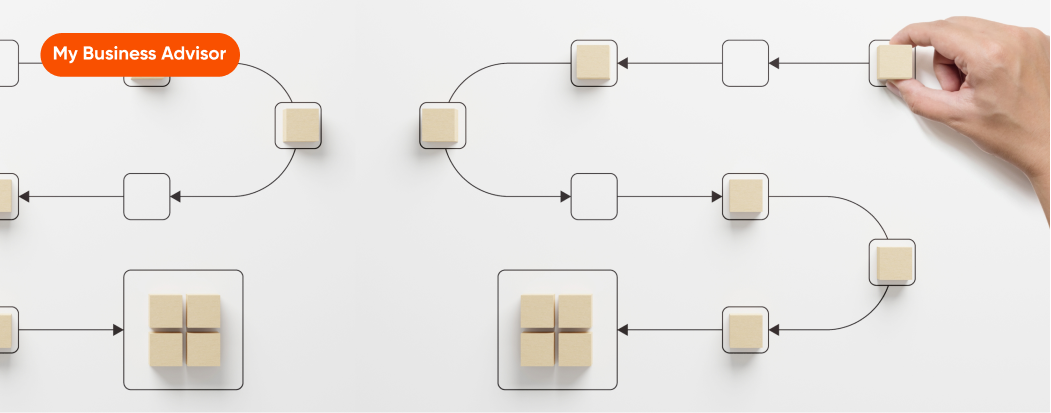
Procurement processes differ significantly depending on each business’s requirements and structure. However, most include the following steps:
1. Identify the goods and services needed
A company must first clearly determine its requirements for a particular service or item. Especially if this is a new product that the business hasn’t previously bought or a restock of goods.
This step dives into the fine details of what the company needs. For example, the exact technical specifications or materials of a product.
During this stage, it’s best to communicate with all business departments affected by the purchasing decision to avoid inefficiency.
2. Submit a purchase request
When an employee or team needs to procure new services or goods, they must make an official purchase request.
A purchase request informs the company that there’s a need the other party can fulfill. It’s usually communicated to department managers, the financial team, or purchasing staff.
The purchase request also informs on specifications like desired price, quantity, and the timeframe in which the supplies are required.
The department overseeing the purchase can decide to approve or deny the request.
3. Select vendors
With an approved purchase request and precise requirements, the procurement team can choose the best vendor and submit a request for a quote (RFQ).
A RFQ is sent to potential suppliers to receive a quote. It should be as detailed and match the requirement as much as possible, to be able to easy compare different vendor’s quotes.
When choosing a vendor, procurement teams should focus on cost, reputation, speed, quality, and reliability. Many businesses also consider a business's ethics and social responsibility as procurement often overlaps with brand identity.
For example, many restaurants prefer to choose organic, sustainably sourced ingredients.
4. Negotiate prices and terms
It’s best practice to source at least three quotes from vendors before making a decision. Assess each quote and negotiate on costs if possible.
Once you’ve agreed on a final cost and terms, make sure to get it in writing.
5. Make a purchase order
Fill in a purchase order (PO) and send it to the vendor. The PO should be detailed enough to show the exact services or items required for the supplier to complete the order.
6. Check the goods
Be sure to examine products for any problems or damage carefully. Ensure that everything is delivered per the PO and that the quality meets or exceeds expectations.
Accounts payable should perform three-way matching by comparing the PO, invoice, and order receipt.
If there are any issues, highlight them to the supplier and resolve the problems before making payment.
7. Approve the invoice and purchase
If the three-way match is correct, approve and pay the invoice. Companies should aim to provide a consistent invoice payment process via accounts payable that ensure payments match the invoice amount and due date.
8. Keep records
Be sure to keep records for the whole procurement process. This includes purchase requisitions, price negotiations, invoices, receipts, and other essential documents.
Maintaining records helps you reorder supplies at the right price in the future. It also helps with auditing processes and determining taxes.
Prioritize quality procurement processes
All organisations should consider investing in and improving procurement processes a top priority. Poor cash flow management can actively contribute to other business processes failing and inability to grow.
Investing in digital automation solutions and tools, leveraging your data and supplier relationships, and developing and maintaining proactive procurement processes enables your company to enjoy accurate and flexible cash flow management.
Ready to use Invoice Templates
Small Business / Subcontractor / Multiple Projects
→ ACCESS TEMPLATES
|